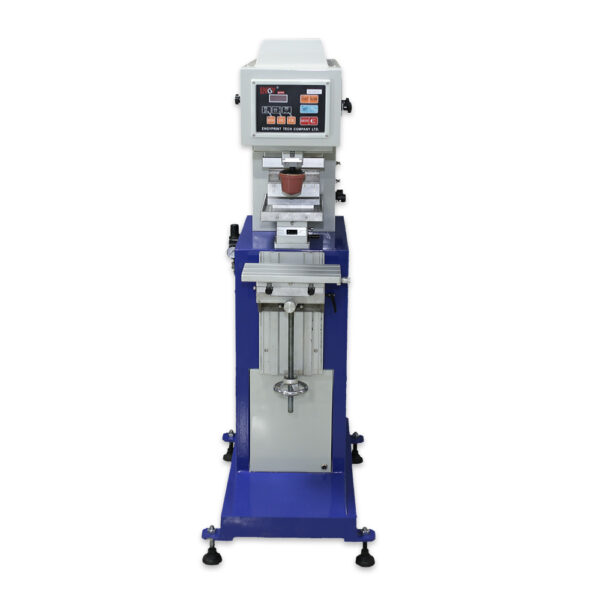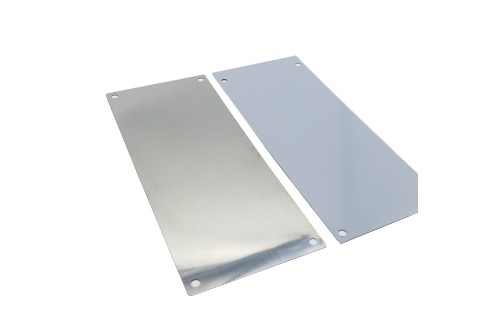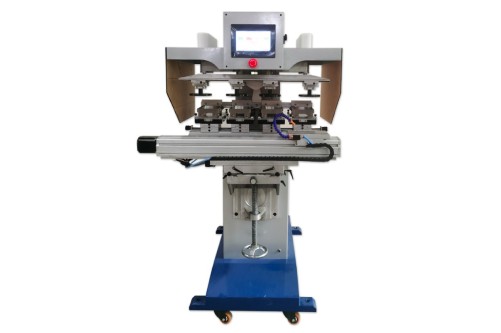Pool balls are specially designed to be so smooth on their shells that they bump into each other. Have you ever wondered how smooth-printed pool balls get their clear, colorful imprints and how they hold them firmly on the surface?

The crisp, high-quality imprint on these logoed pool balls is mainly due to pad printing, a printing method that provides fine image printing on sporting goods and specialty items with complex substrates, including spheres, compound corners, cylindrical shapes, textures, and bumpy surfaces.
Pad printing machines use high-performance technology and materials to print logo designs on flat surfaces and uneven surfaces.
Pad printing table: plays a significant role in pad printing. It acts as the transfer carrier from ink pickup to transferring the image to the substrate. The printing result of any complex item (such as a billiard ball) depends on this material.
Pad printing tables are usually made of silicone rubber and will generally come in three sizes: small, medium, and large. Depending on the application, different types of pads are also available. However, a general rule of thumb is to choose the stiffest and most giant pad possible, thus minimizing image distortion.
Image plates: Image plate printing plates are just as crucial as silicone mats. The quality of the printed logo table balls depends on their value and performance. They are the printed images transferred from the pad printing table to the object to be preserved.
The most common printing plates are made either of steel or a nylon material called photopolymer. Both plates do the job of transferring ink, but the life expectancy of the two is very different. Steel plates can make about 800,000 to 900,000 impressions. On the other hand, a nylon plate has a shorter life cycle and can produce about 20,000 to 30,000 impressions.
Printing inks: Each printing technique requires high-quality inks. This critical component is solvent-based and needs to be mixed with additives before use. The primary purpose of using solvent mixtures is to produce consistent adhesion and constant print quality.
There are two types of pad printing inks: one component and two components. The first is used for printing on thermoplastic substrates such as polystyrene (ABS), polycarbonate, soft and rigid PVC, polyethylene, and polypropylene. The latter is recommended for applications requiring a high mechanical resistance level.
When selecting pad printing inks for printing pool balls with logos, paying attention to several considerations is essential. Factors to consider include surface characteristics, brightness, drying requirements, and mechanical or chemical resistance.
Ink Transfer: There are two ways to complete the pad printing process. The first is through an open inkwell system, an old-fashioned method in which the ink sits on the plate and is sucked back into the ink reservoir by the blade.
Compared to other printing methods, pad printing offers tremendous versatility. It is not limited to printing on flat or circular surfaces as screen printing techniques are. In addition, it can be etched on virtually any known material. Pad printing can be used on toys, electrical panels, household appliances, sporting goods (such as logoed billiard balls, tennis rackets, soccer balls, golf balls, and baseballs), and industrial buttons on calculators, telephones, and computer keyboards to name a few!
This technology allows it to add logo designs to billiard balls entirely without distorting the image.







